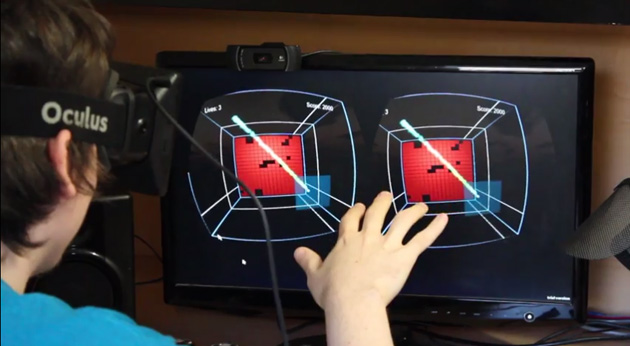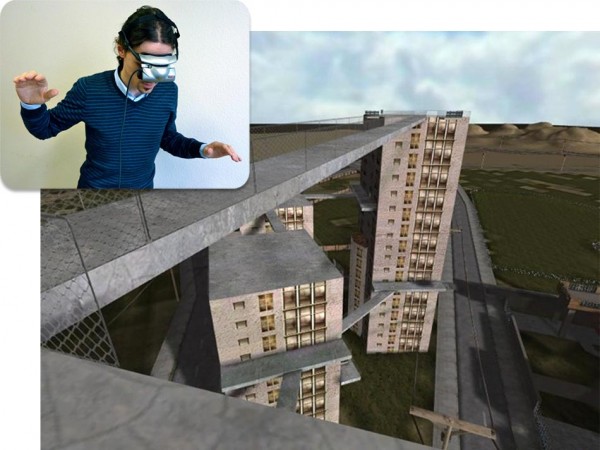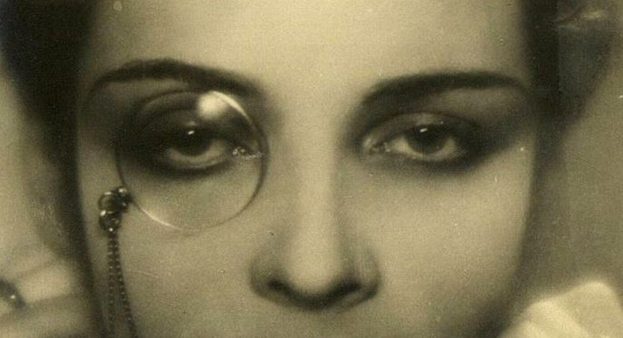It might seem surprising, but researchers have determined that an ophthalmology technique developed during the Victorian Age, combined with state-of-the-art virtual reality technology, could improve user performance in VR environments.
Monovision, dating back to the use of monocles, has shown promise when used in virtual environments. The findings from the research are scheduled to be presented at the May 9th ACM Conference on Human Factors in Computing Systems.

Virtual Reality Environments Perfected with Use of Monovision
According to researchers, VR and augmented reality environments offer a unique platform for a variety of purposes, including education, entertainment, and vision research. Unfortunately, VR environments are not perfect and there are still some technical and perceptual challenges that must be overcome in order to provide the most-advanced immersive environment.
One of the greatest challenges of VR is the mismatch between the visual cues sent to the brain by eye muscle movement triggered by the objects seen in virtual reality. This difference between convergence and accommodation creates a less-than-perfect-reality and ultimately makes it challenging for a person to “believe” and react to his or her VR environment.
Now, through a collaborative effort between the electrical engineers at Stanford and a perceptual scientist at Dartmouth, Victorian technology could be used to eliminate this challenge.
Using the Oculus Rift headset, the scientists created a prototype system featuring focus-tunable liquid lenses that permitted a range of optical modifications. This enabled adaptive focus cues, so users were better able to adjust their preference and enjoy better performance in their VR environment.

The system also enabled testing of the monovision modification – something that although surprisingly low-tech, had a major impact because it enabled each eye to focus to a different distance. Monovision is a technique commonly used in ophthalmology, but this is the first time it’s been used in VR applications.
According to the study’s co-author, Gordon Wetzstein, an assistant professor of Electrical Engineering at Standford, “My lab has been conducting research on computational near-eye display optics for a few years now, and tapping into the wealth of techniques commonly used in ophthalmology and by vision science is key for delivering better experiences with virtual reality systems.”
Robert Konrad, a graduate researcher at Stanford and lead study author agrees, and adds, “In addition to showing how adaptive focus can be implemented and can improve virtual reality optics, our studies reveal that monovision can also improve user performance in terms of reaction times and accuracy, particularly when simulating objects that are relatively close to the user.”
Now that the study’s authors have looked into the effects on basic ophthalmological science on VR, more research can be done into how developments in the field could affect virtual reality. Another of the study’s co-authors, Emily Cooper, a research assistance in Dartmouth’s Department of Psychological and Brain Sciences, explained, “Practical optical solutions for virtual reality are crucial to moving this technology to increasingly more comfortable and immersive experiences. Our work shows that monovision has the potential to be one such solution.”
As virtual reality becomes more realistic and can be applied to more situations, there is hope the technology can be used to help with a variety of mental and physical health issues. For instance, VR environments have been showed to aid in treatment of mental health issues, including phobias, eating disorders and anxiety.

There is also evidence VR environments are an effective method for rehabilitation for those with physical disabilities. The key, though, to the most effective treatments is for a patient to enter into as realistic an environment as possible. The use of monovision and its ability to enhance VR environment helps in this goal.











